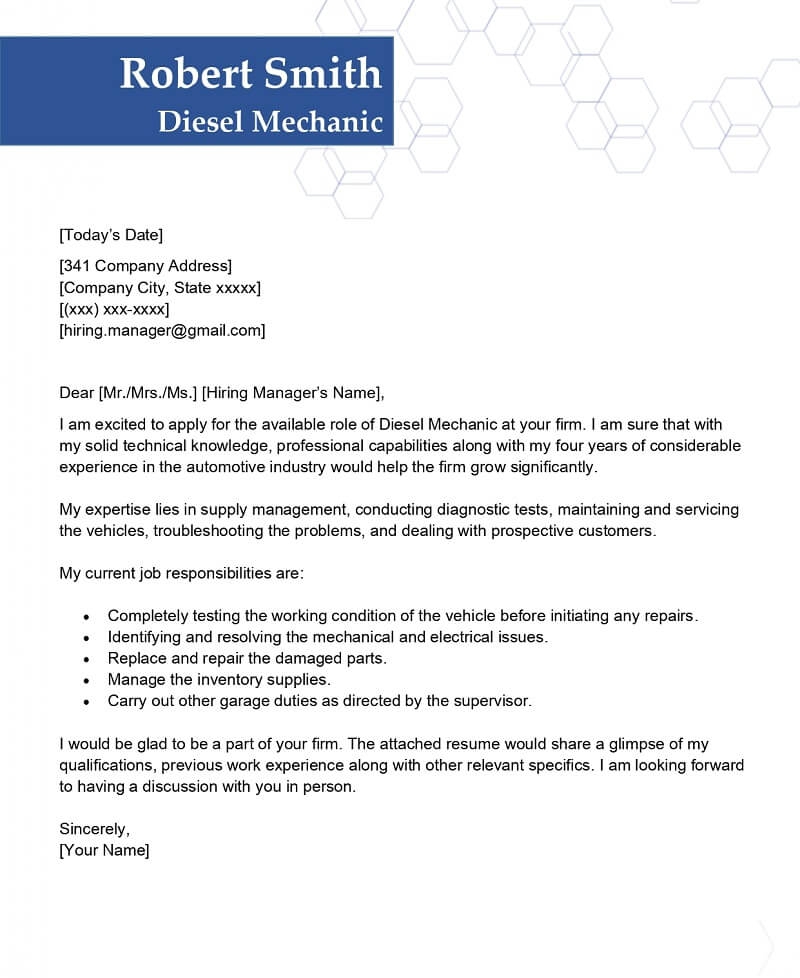nApplicantsream of working abroad, especially in a country with strong job opportunities and good pay. Right now, there is an exciting opportunity that allows skilled and unskilled workers to move overseas for meaningful work in one of the world’s biggest economies.
Advertisement
Through the Opportunity to Travel and Get Paid $35,000 to Relocate to the USA via the Construction Visa Program, foreign workers can legally enter the United States, earn competitive salaries, and gain valuable career experience in the construction industry.
Why the U.S. Construction Industry is Looking for Workers
America’s booming infrastructure, housing, and commercial projects have created a labour shortage across the construction sector. Many companies struggle to find enough qualified local workers to meet project timelines. According to the U.S. Bureau of Labour Statistics, there are hundreds of thousands of open construction positions each year.

This gap has encouraged U.S. employers to recruit international talent to fill critical roles. For foreign workers, this means an opportunity not only to earn a decent wage but also to gain valuable global experience. The Construction Visa Program bridges this gap, ensuring projects continue and workers benefit economically.
- Provide some high-level labour-market context: Many U.S. construction firms report they cannot fill all their positions locally, especially in trades and manual labour.
- This shortage creates openings where foreign-based workers can be considered if they qualify and are sponsored.
- It means that it is possible to find jobs offering wages around or above the $35,000 mark in annual earnings, especially when overtime and bonuses are example, Organised and experienced labourers in states with high wages can hit $60,0,00–$100,000 annually (though that requires advanced skill) (see salary section later).
Read: Best Credit Cards for Immigrants with No Credit History
Visa Pathways for Construction Workers
The United States offers several visa routes tailored to construction professionals seeking lawful employment. Among these, the H-2B visa is the most common, granting temporary work authorisation for seasonal or project-based roles. The EB-3 visa, however, provides permanent residency for skilled and unskilled workers sponsored by U.S. employers.
These visa categories open doors for global workers eager to cospecialise in the construction workforce of the United States. Understanding which option fits your experience level is key. Whether you seek short-term employment or long-term settlement, the Construction Visa Program helps you align your skills with the right immigration pathway.
The H-2B Visa (Temporary Non-Agricultural Workers)
- Description: The H-2B visa allows U.S. employers to bring in foreign nationals for non-agricultural, temporary or seasonal jobs when qualified U.S. workers are not available.
- Typical situation for construction: Projects with seasonal peaks (e.g., summer construction, hurricane restoration) may qualify.
- Duration: Generally, the initial stay may be less than one year; it may be extendable up to three years under certain conditions.
Key steps:
- Employer obtains a temporary labour certification from the U.S. Dept of Labour (DOL).
- Employer files Form I-129 with USCIS.
- Once approved, you apply at the U.S. Embassy/Consulate for the visa and enter the U.S.
- Pros: Can be relatively quicker than permanent routes; good for entering the U.S. on a work basis.
- Cons: Temporary nature; subject to annual caps (for example, H-2B cap ~66,000 visas per year); you must maintain status; not automatically a path to permanent residence.
- Relevance to the $35,000 relocation idea: Even on a temporary visa you may earn that level of income depending on job, wage and overtime.
The EB-3 Visa (Employment-Based Third Preference Green Card)
- Description: The EB-3 visa category allows U.S. employers to sponsor foreign workers for permanent residence (green card) under three sub-categories: skilled workers (2 years+ training/experience), professionals (bachelor’s degree), and other workers (less than two years’ experience).
- Application process: Employer obtains labour certification (PERM) showing no qualified U.S. worker is available. The employer files Form I-140, then you apply for an immigrant visa or adjustment of status.
- Pros: Permanent status means you can live and work year-round, bring an eligible family, and later apply for citizenship.
- Cons: Longer timelines; more documentation; employer must commit to sponsoring for a full-time, non-seasonal position.
- Relevance: For someone serious about relocation (not just a temporary one), this offers a route beyond the $35,000 first year to a longer-term U.S. life.
Other Visas/Considerations, ns
- While the main ones for construction are H-2B (temporary) and EB-3 (permanent), in some cases, workers from Canada/Mexico may qualify under a NAFTA/USMCA professional route (TN visa) for certain occupations, though less common for manual construction trades.
- Always check eligibility by country of citizenship, trade skills, and employer sponsorship. See the article ” What visa programs are available for construction workers.
What Qualifications & Steps You Need to Meet
To qualify for a U.S. construction visa, applicants must present verifiable proof of work history, the start date and professional skills. Documentation such as employment letters, tax records, and certifications strengthens your case. English proficiency and vocational training can also improve your eligibility.
Securing a legitimate U.S. employer willing to sponsor your visa is crucial, as they must file official petitions with immigration authorities. Preparing accurate and translated documents minimises the risk of rejection. Candidates are encouraged to research reputable employers, gather credible references, and stay informed about current U.S. visa requirements before starting their application process.
- Summary: To succeed you’ll need documented work experience, the right job offer from a U.S. employer, a visa-sponsoring employer, and compliance with US immigration law.
Key elements:
- Valid passport, good travel history, clean record.
- Documented proof of your work history: letter(s) from employer(s) detailing job duties, duration, and skills used.
- For skilled trades: any certifications, formal training, licences (for example welding certifications, electrician licences).
- English-language proficiency may help (especially for safety, understanding instructions).
- The U.S. employer must follow recruitment requirements (for example for H-2B: show efforts to hire U.S. workers, apply for temporary labour certification).
- Practical tips:
- Find U.S. contractors who hire foreign workers; check job boards that filter for jeopardy or sponsorship for construction roles
- Networking/trade associations in your home country or region look for U.S. companies involved in major infrastructure/renovation projects with a foreign-recruitment history.
- Organise your documentation early (work, reference, cost-of-living, proof of wages/taxes, home country), and translate non-English documents.
- Be transparent and honest mismatches in job title/skill and documents often cause visa refusals.
Salary, Relocation & What the $35,000 Figure Means
The $35,000 figure reflects the average annual pay many construction workers earn upon relocating to the United States under visa programs. Entry-level roles start here, with opportunities for increased earnings through overtime, skill development, and unionised positions. Some employers may offer relocation stipends or housing assistance to ease your transition.

Wages vary depending on your state, trade specialisation, and project size. Experienced workers can earn $60,000 to $100,000 or more annually. The Construction Visa Program not only provides steady employment but also opens a financial pathway for foreign professionals looking to build better futures in the U.S.
- The $35,000 number is a realistic entry-level anchor point: many construction roles in the U.S., even for relatively inexperienced workers (especially in lower-cost states) will meet or exceed that figure when you include wages + overtime.
- Entry-level construction workers may earn $18–$25 per hour (≈ $37,000–$52,000 annually) before overtime. More experienced workers may earn $30–$50+ per hour (≈ $62,000–$104,000).
- Note: Over time, shift and different pay, location (state/city cost of living) make a big difference.
- Relocation costs: Some employers may provide relocation or housing support, but many expect you to manage initial costs (travel, temporary housing). Make sure you ask about what the employer offers.
- Family support: If you are bringing dependents, factor in the cost of schooling, housing, and health insurance (U.S. health care is expensive).
- Long-term earning potential: If you gain experience, move into specialised trades or supervisory roles, wages can increase significantly; also access to benefits (insurance, retirement plans) may boost total compensation.
Read: Visa Sponsorship Jobs in Scotland 2025 – Earn £24,000 to £70,000 Annually
Application & Interview Process in Simple Terms
The visa application process begins when a U.S. employer files a petition on your behalf. Once approved, you’ll complete a DS-160 form, pay your visa fees, and schedule an interview at your nearest U.S. embassy or consulate. At the interview, you’ll answer questions about your work experience and present your documentation, including your job offer and employer approval forms.
Confidence and honesty are key explain your trade skills clearly and professionally. If successful, your visa will be issued within days or weeks. Preparing your paperwork carefully ensures a smoother process and increases your chances of a positive outcome.
- For H-2B: Employer obtains temporary labour certification files Form I-129, you apply for a visa at the U.S. consulate, and you travel to the U.S. once your visa is issued.
- For EB-3: Employer obtains PERM labour certification file, Form I-14,,0 you file for immigrant visa or adjustment of status.
Interview tips:
- Be clear and specific about your trade skill (mention actual tasks you did, equipment used).
- Show you understand the job, are qualified, and will comply with visa terms (especially for temporary visas: show you intend to return home or adhere to job terms if non-immigrant).
- Organise your documents in a folder, bring originals + copies, and ensure translations are certified.
- Post-approval: Once a visa is issued, you may be allowed to enter the U.S. up to a certain number of days before the job start date. Once in the U.S., you’ll need to obtain a Social Security number, open a bank account, and familiarise yourself with U.S. labour rights and workplace safety.
- If denied: Ask for the refusal reason form; you may fix deficiencies (e.g., inadequate documentation, mismatched job description) and reapply when ready.
Key Challenges & Risks to Be Aware Of
Applying for a construction visa can present challenges such as long processing times, limited visa slots, and difficulty securing sponsorship. Miscommunication between workers and employers may also lead to job mismatches or documentation errors. Language barriers, cultural differences, and unfamiliar legal requirements can further complicate relocation.
Temporary visas like the H-2B have strict time limits, while permanent options like the EB-3 take longer to process. Applicants should stay informed, verify employer legitimacy, and prepare financially for relocation costs. Awareness of these risks helps ensure a smoother transition and protects workers from exploitation or unexpected complications.
- The temporary vs permanent nature: H-2B is temporary, you’ll have to plan for your return or transition to another status if you want long-term.
- Visa caps and competition: H-2B has a statutory cap (66,000 annually) and demand often exceeds supply.
- Job-matching risk: The job you do must match the description in the visa petition. Changing roles without approval can jeopardise your status.
- Rights and protections: Foreign workers may not always be fully aware of their labour rights; make sure you understand the contract, pay, living conditions, and overtime rules.
- Costs & relocation logistics: Travel costs, initial housing, and cost-of-living differences may reduce net income, especially during the first months.
- Language and culture: If English is not your first language, workplace communication and safety instructions can be a challenge.
- Dependents and family status: Under temporary visas, dependents may have limited rights (e.g., a spouse may not be allowed to work).
- Transitioning to permanent residency: If you start on H-2B and plan for EB-3, timing and employer commitment matter.
Next Steps & Action Plan for You
Begin by evaluating your trade experience, certifications, and eligibility for a U.S. construction visa. Research reputable employers offering visa sponsorship, particularly those with a history of hiring international workers. Prepare all necessary documents, including references, identification, and translated qualifications. Understand your financial responsibilities and relocation costs before applying.

Once you secure a job offer, ensure your employer files the appropriate visa petition promptly. Prepare for your interview by practising professional communication and understanding your role. After arrival, obtain your Social Security number and familiarise yourself with U.S. labour laws to ensure a successful transition.
- Assess your trade and experience: Make a detailed list of your job duties, how many years you have worked, what equipment/tools you used, and whether you have certifications.
- Research employers: Use job boards (e.g., Indeed, LinkedIn) and filter for “visa sponsorship” construction jobs.Also, network in your home country via trade associations or attend job fairs.
- Prepare documentation: Get letters from past employers, proof of salary/taxes, translate any non-English documents, and gather copies of licenses/certificates.
- Vet the offer & employer: Ensure the employer is legitimate, offers a written job offer letter with job title, duties, salary, duration and includes visa sponsorship.
- Understand visa path: Decide if your goal is short-term (H-2B) or long-term (EB-3). Consult an immigration attorney if possible.
- Plan financially: Budget for travel, visa costs, living expenses initially in the U.S., and consider cost-of-living differences.
- Apply and prepare for the interview:Once the petition is filed by the employer and an interview date comes, prepare concise answers, practise explaining your trade with proper terms, arrive early, and bring organised documents.
- Upon arrival: Get your Social Security number, open a bank account, understand your rights at work, and keep copies of all paperwork.
- Monitor future opportunities: If you’re on H-2B and want to convert to EB-3, check with your employer about sponsoring you for permanent status; keep your records up-to-date.
Read: $95,000+ Canada Visa Sponsorship Jobs in 2025: A Complete Guide
The Opportunity to Travel and Get Paid $35,000 to Relocate to the USA via the Construction Visa Program allows foreign workers to legally move to the United States for well-paying construction jobs. With America’s rising demand for skilled and unskilled labour, this program offers applicants the chance to earn competitive wages, gain valuable experience, and even pursue permanent residency through eligible visa categories.


